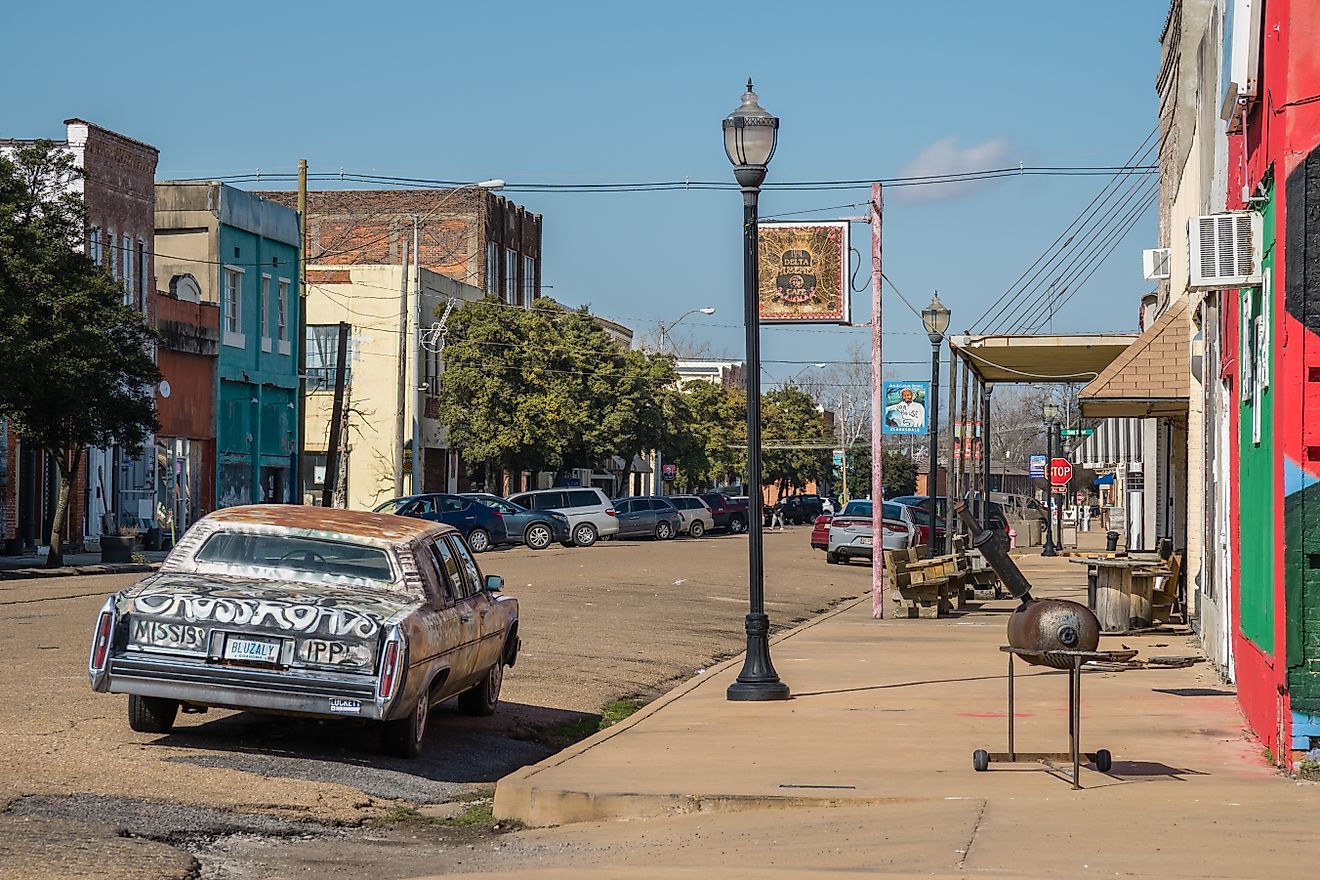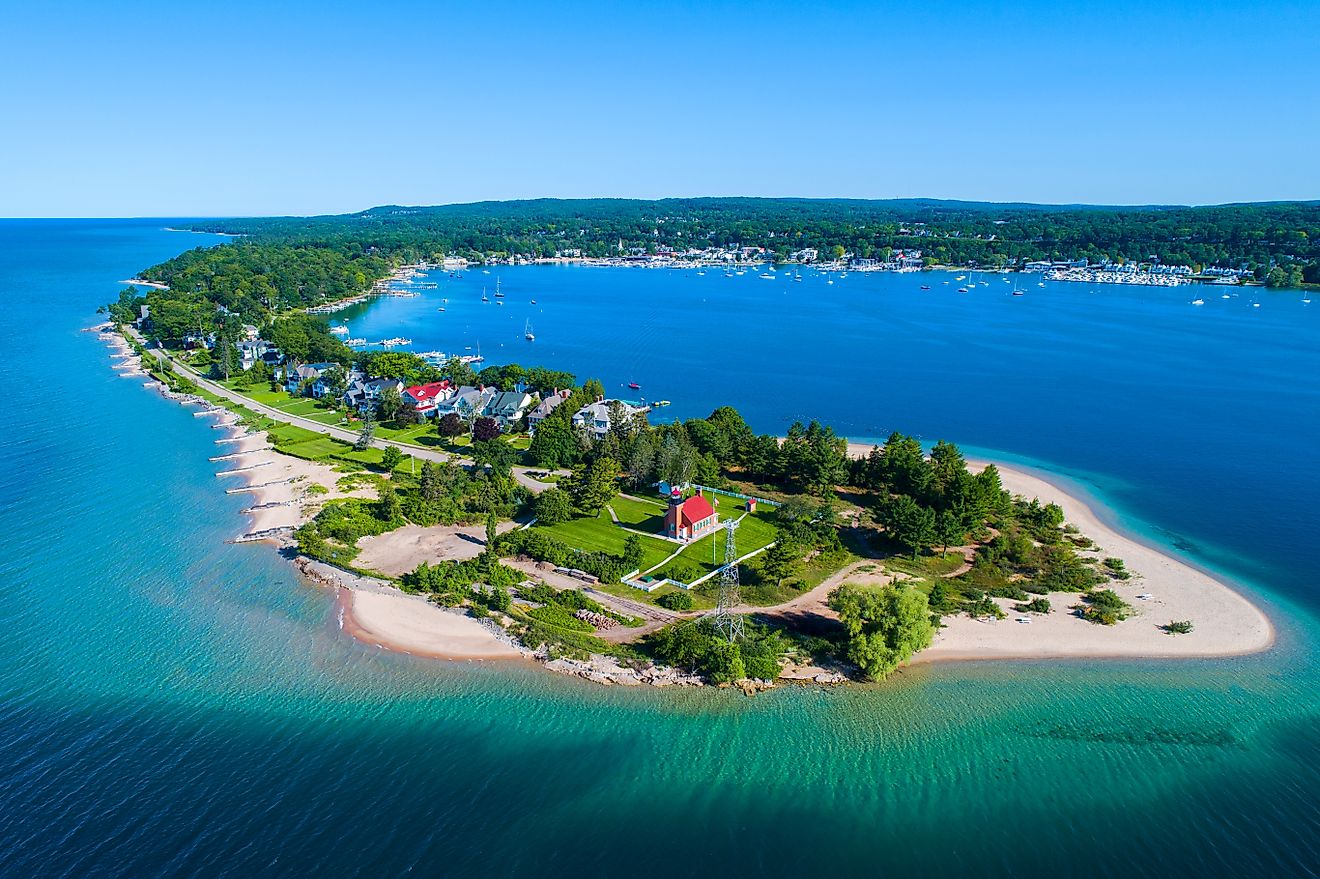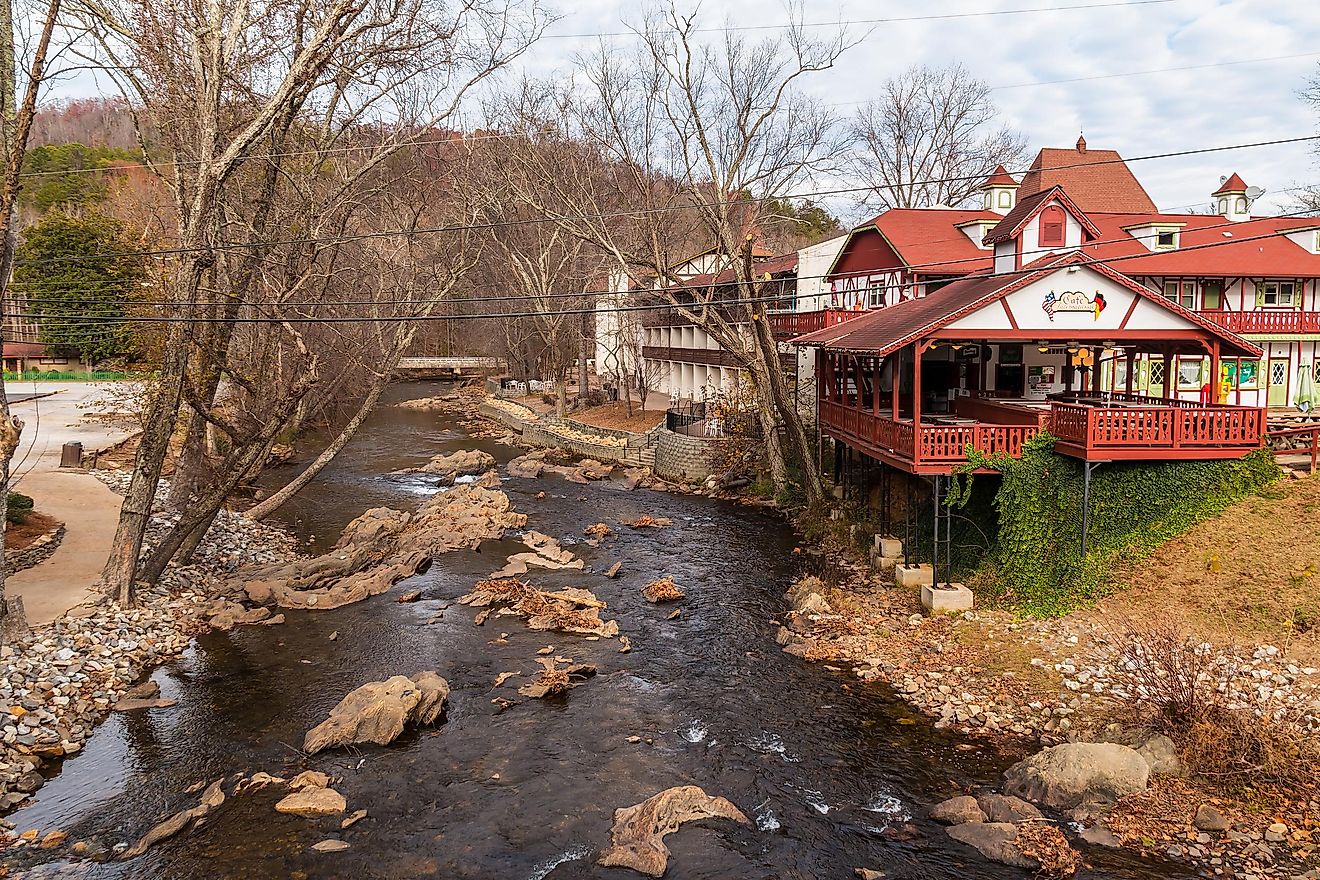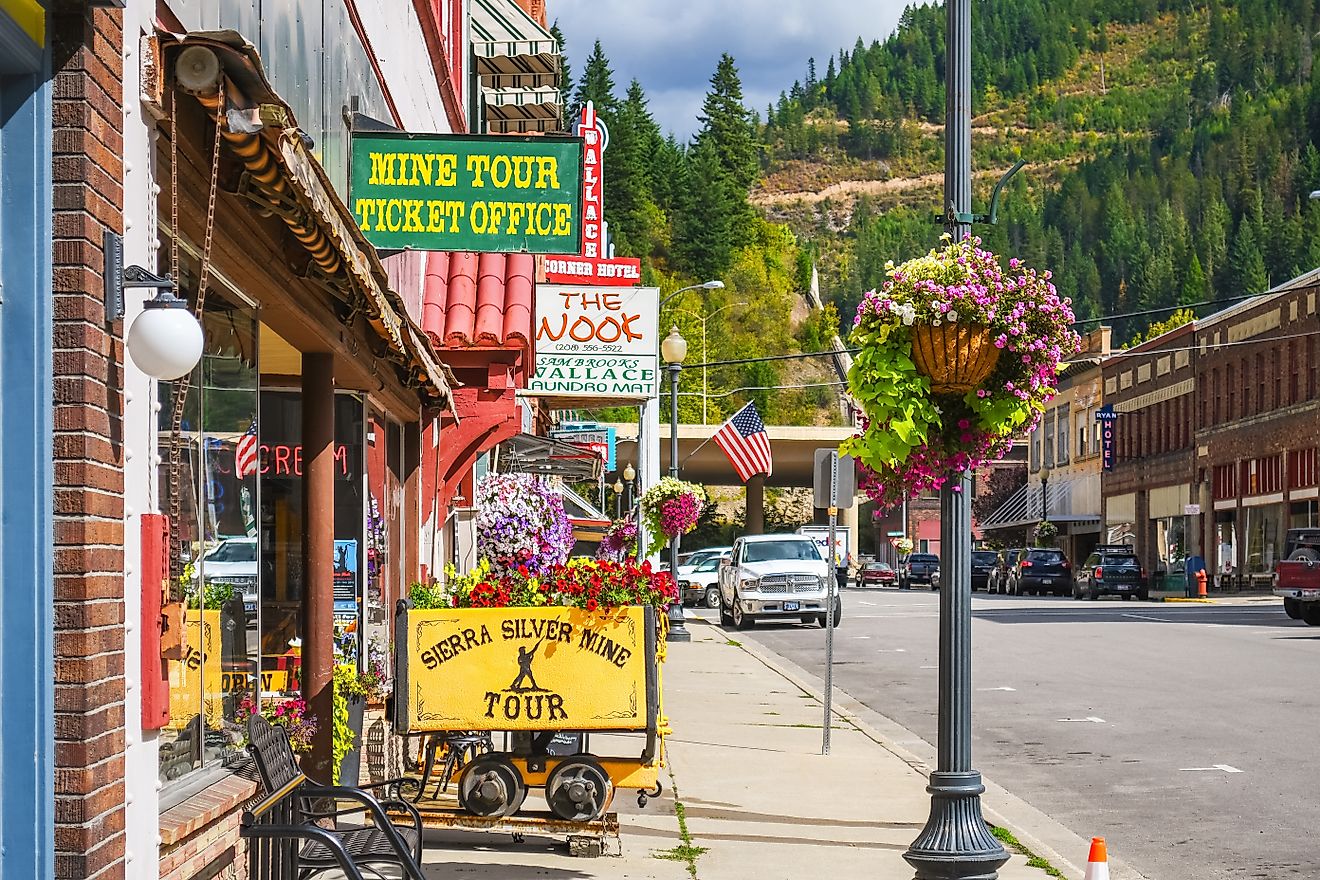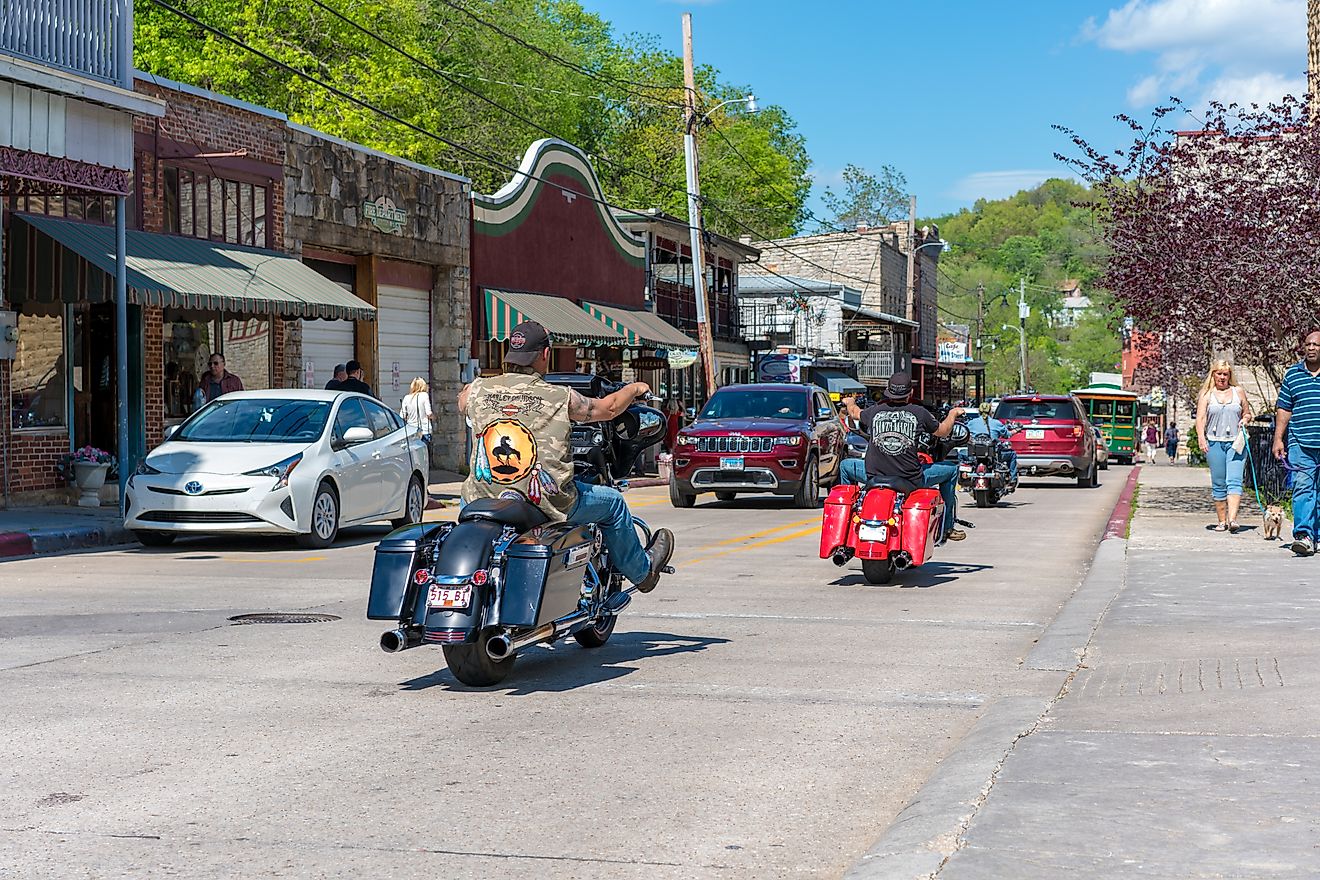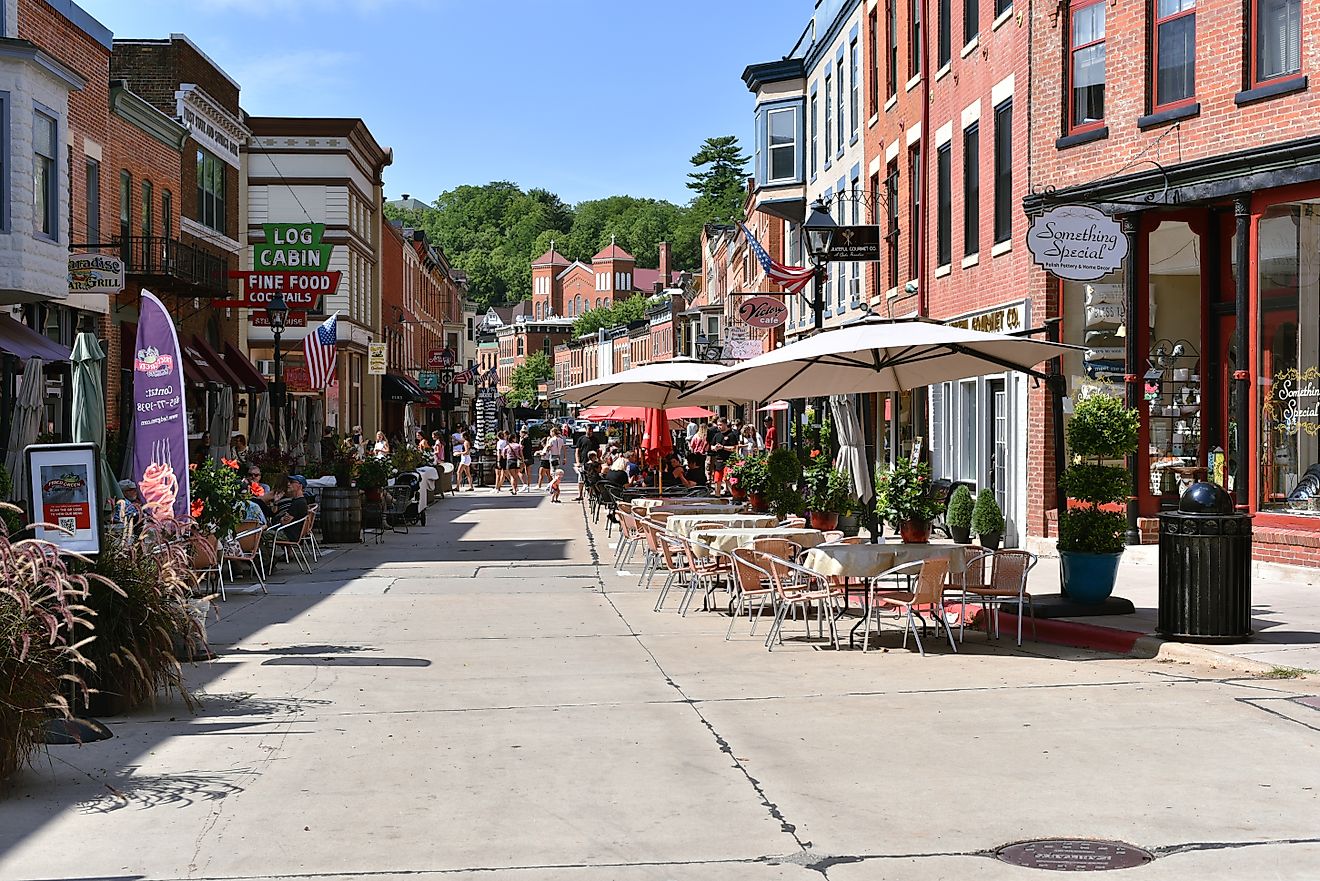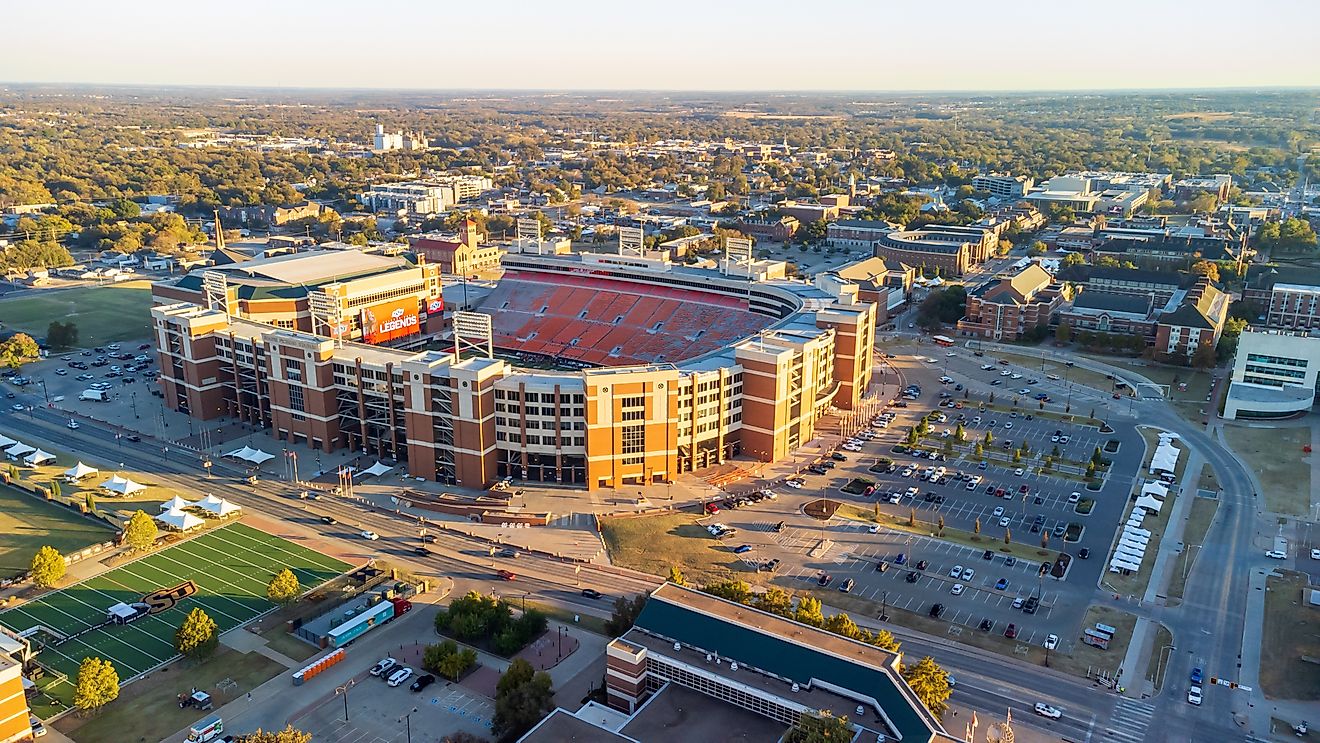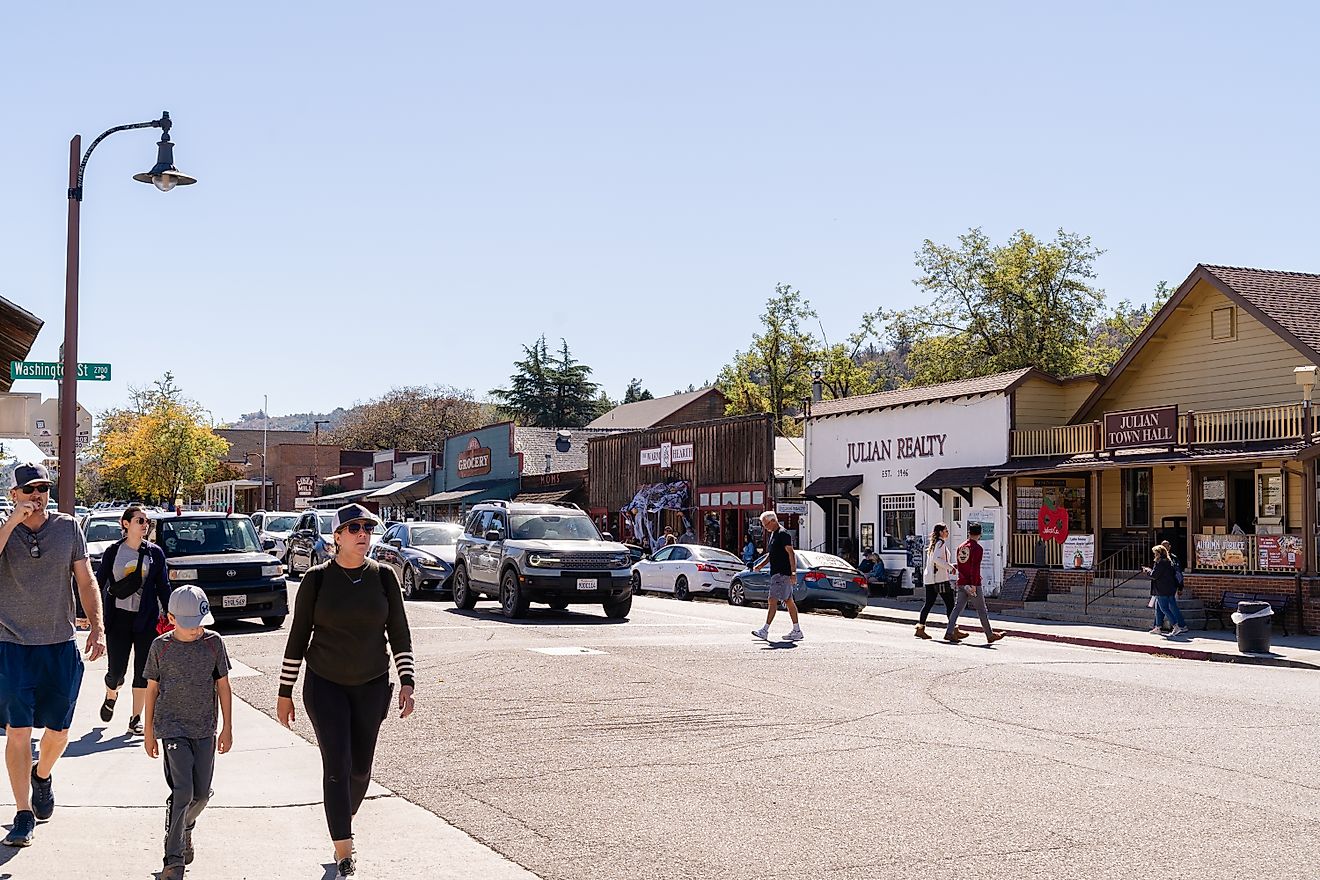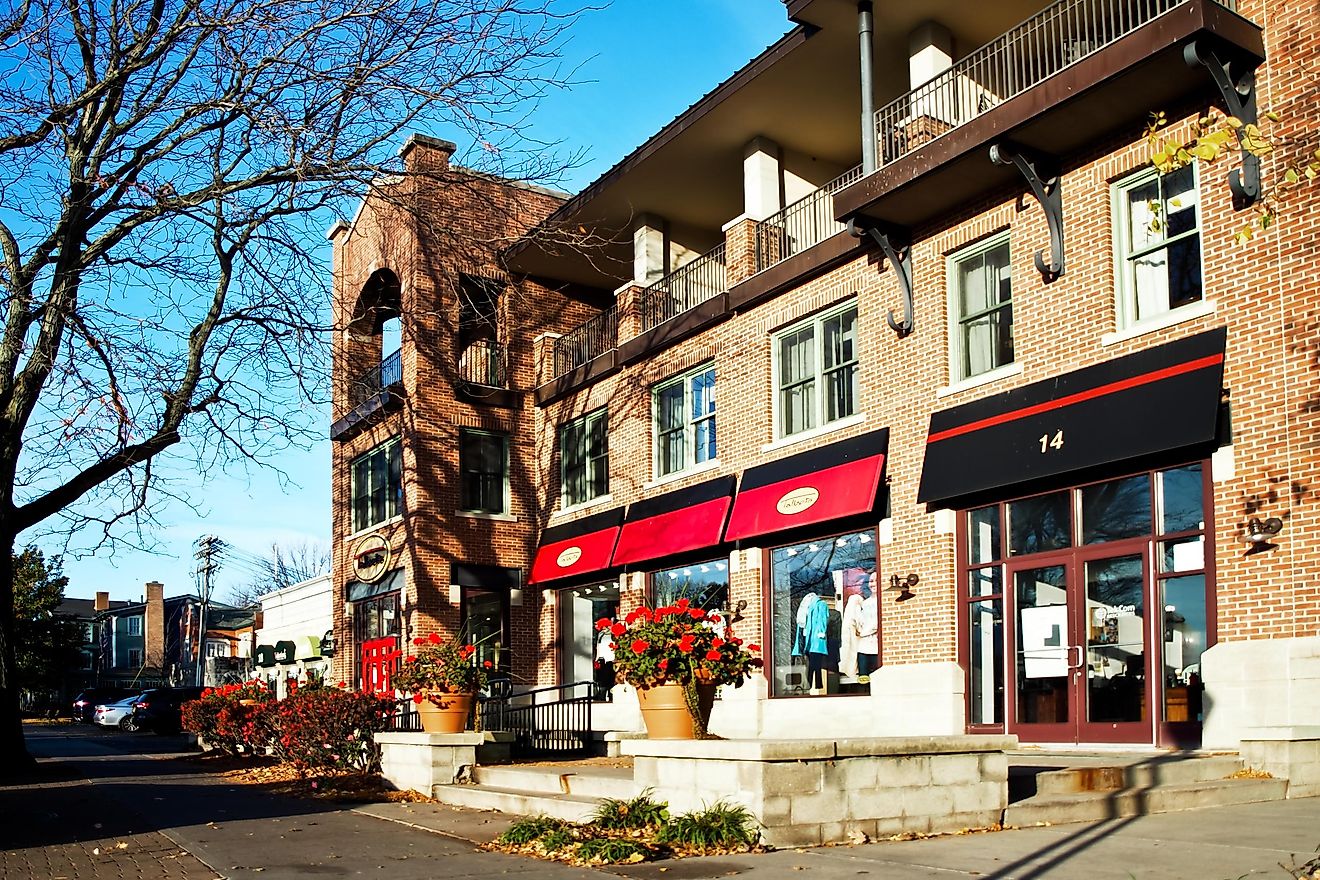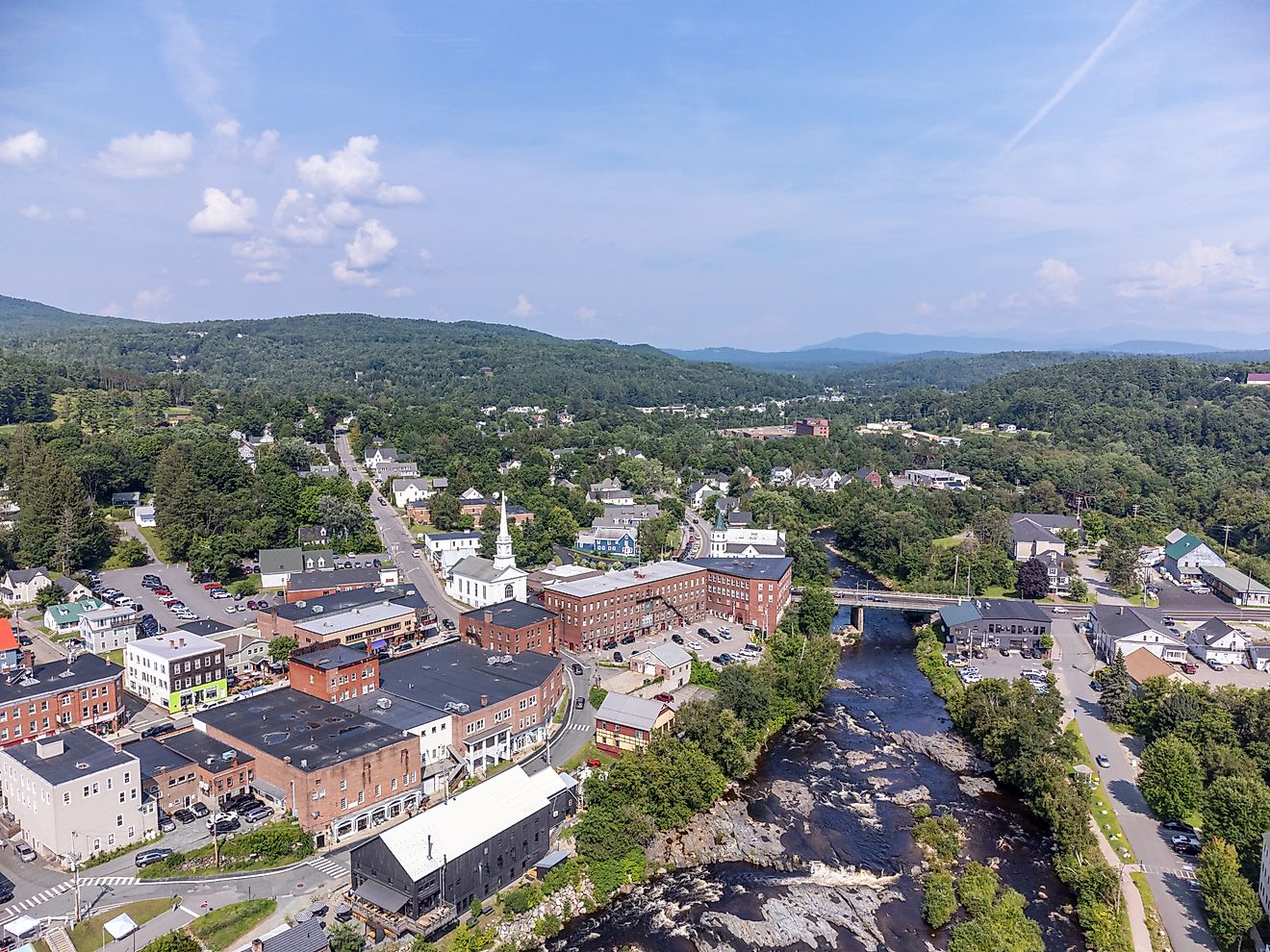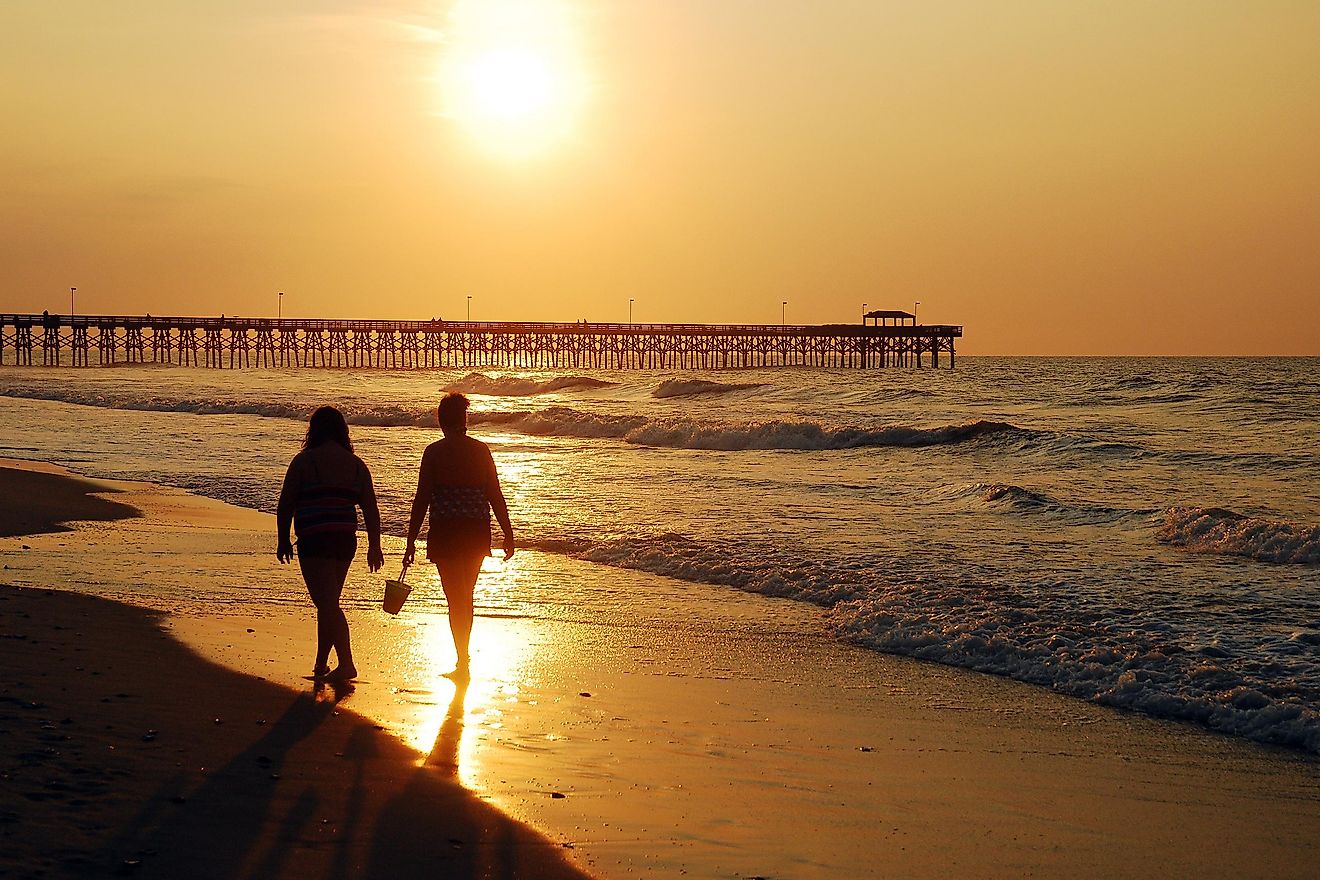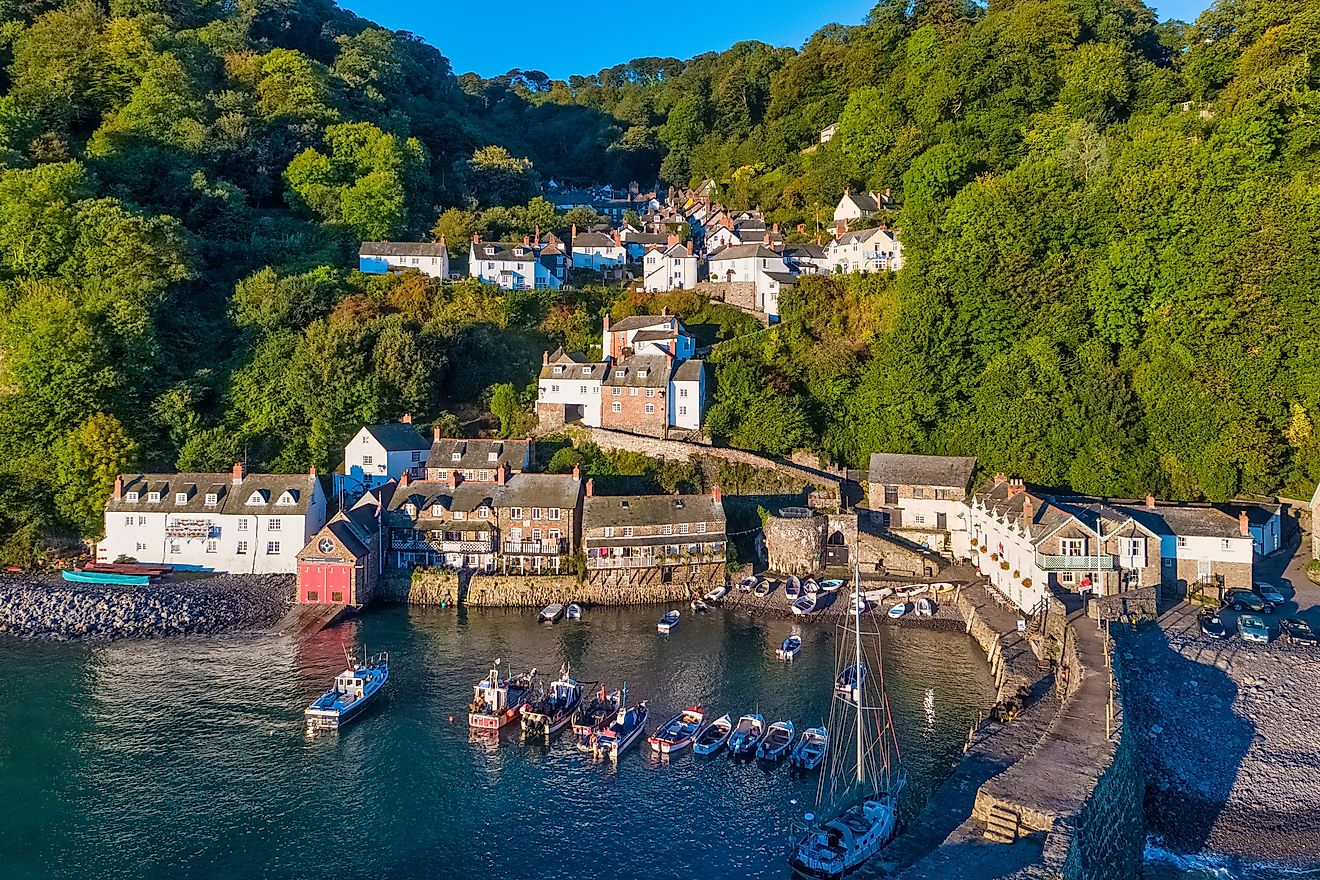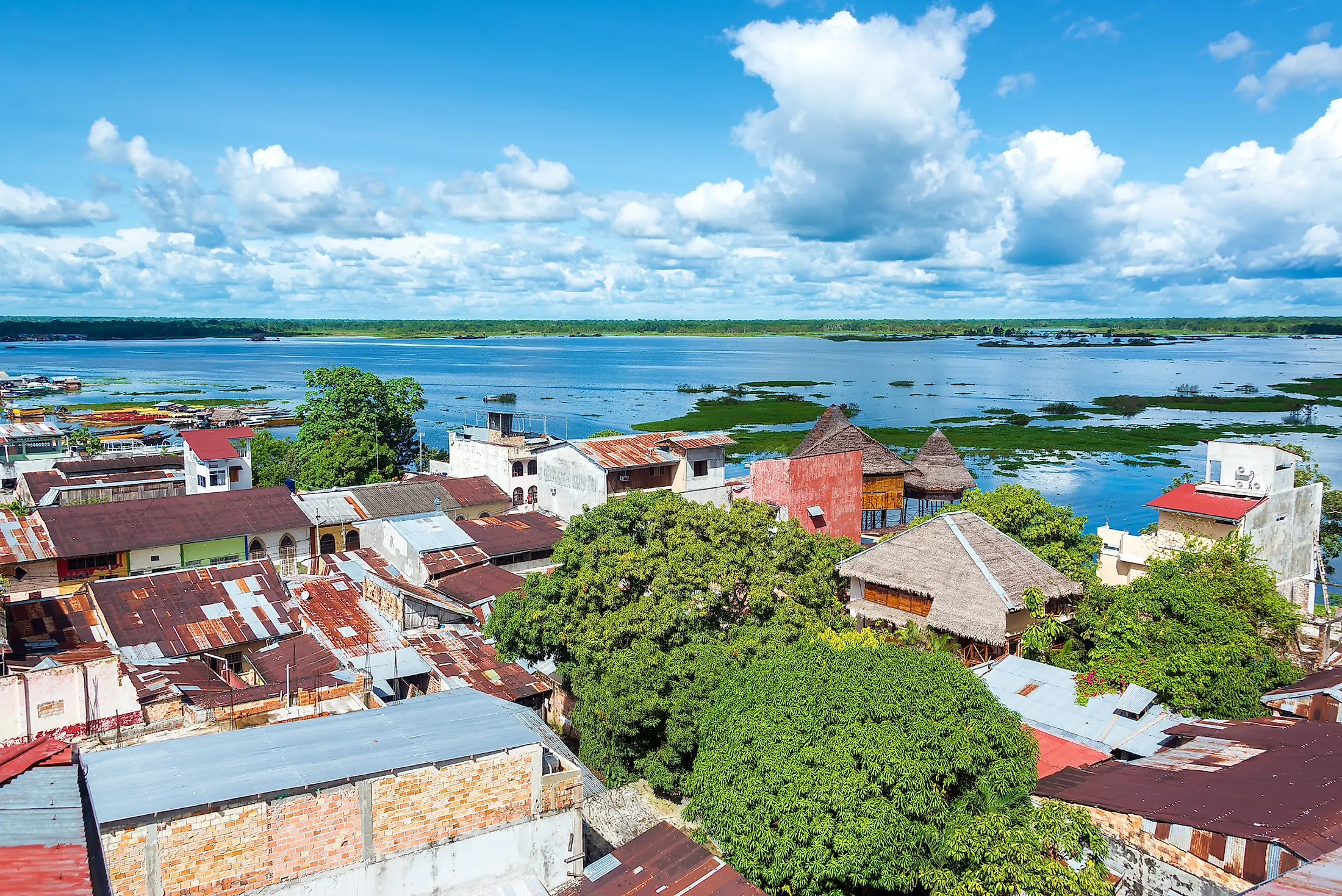
Iquitos, Peru
Iquitos is the capital city of the Maynas province in the Loreto region of Peru. It is also known as the capital of the Peruvian Amazon, as it is the largest city in the entire area, a significant river port, and a point of entry for Amazon tours. Iquitos is not connected to any other major cities or towns by road. Instead, it is surrounded by dense jungle. Therefore, visitors can only reach this uniquely located city by plane or by boat. This makes Iquitos the largest city globally that does not have road access.
Geography And Climate Of Iquitos
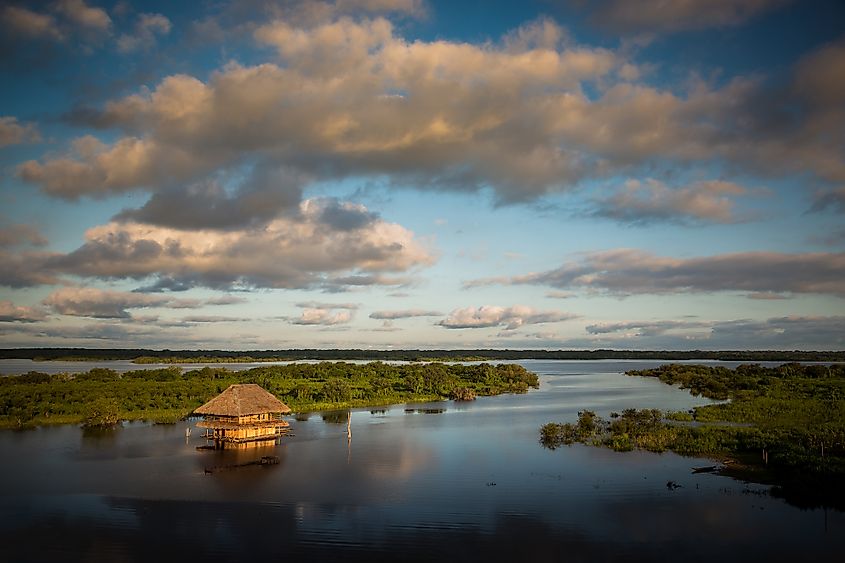
Iquitos is located in Northeastern Peru. This area, known as the department of Loreto, constitutes about a third of the country. It borders Ecuador to the Northwest, Columbia to the North, and Brazil to the East. Within Loreto, there are eight provinces, one of which is Maynas. Iquitos is both the provincial and regional capital. Since Iquitos cannot be accessed by roads, the typical flight itinerary would be through the Peruvian capital of Lima, some 640 miles Southwest, on the Pacific coast. The Amazon River reaches Iquitos after 2,300 miles of meandering from the Atlantic Ocean to the far East.
The climate in Iquitos is tropical, or equatorial, meaning hot, humid, and, as is typical in the Amazon, rainfall is significant year-round. Iquitos receives an annual average of about 112 inches of precipitation. Despite the heavy rains, Iquitos still experiences 2180 hours of sunshine each year. The average annual temperature is 81 degrees Fahrenheit, ranging from 71.7 degrees in July to 90.1 degrees in November.
History And Economy Of Iquitos
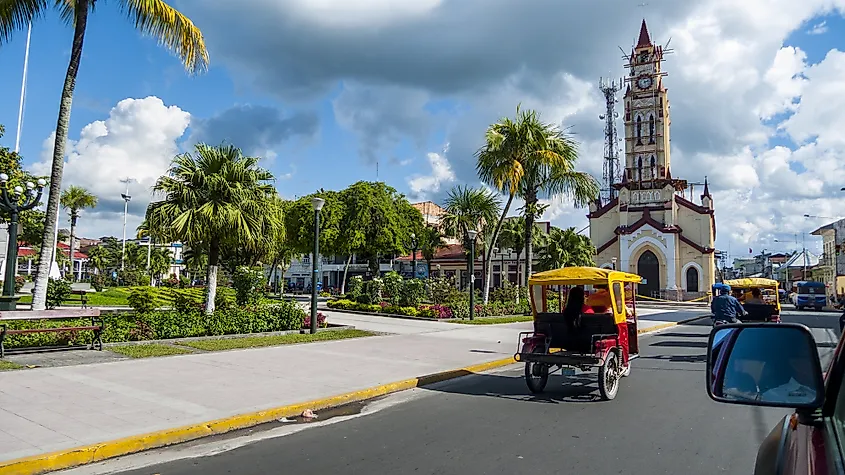
In 1757, Jesuit missionaries settled in the region with the proclaimed goal of aiding the Iquitos, the local Indigenous people. In 1864, the modern-day city of Iquitos was officially founded at this same site. It quickly became a key shipping port during the era known as "The Rubber Boom." By the 1880s, the city had grown to roughly 20,000 residents - a highly diverse population due to the global draw of the region's economic prospects. The influx was largely European men, but also groups Sephardic Jews from Morocco. These men were predominantly single, marrying Peruvian women and settling down in the city. The genetic diversity still runs deep in current-day Iquitos.
The rubber boom lasted until 1912, when British entrepreneurs smuggled rubber tree seeds out of the Amazon and set up their own, more competitive plantations abroad. Production around Iquitos quickly faltered, and the population declined in conjunction.
Unfortunately, the Iquitos people were mistreated as workers and ultimately displaced by the rubber industry, settling along the Rio Nanay instead. That being said, a small population still remains in the city of Iquitos, and they pride themselves on their fun-loving, friendly nature.
Since the 1950s, Iquitos has seen a resurgence. The current population is nearly half a million people, making it the 9th most populous city in Peru. This second wave boom is largely due to tourism. Iquitos is now known as the cultural and religious hub for the Peruvian Amazon and base of operations for exploring the dense jungle landscape and Amazon River. Aside from tourism, Iquitos also supports oil and mining projects in the region.
Visiting Iquitos
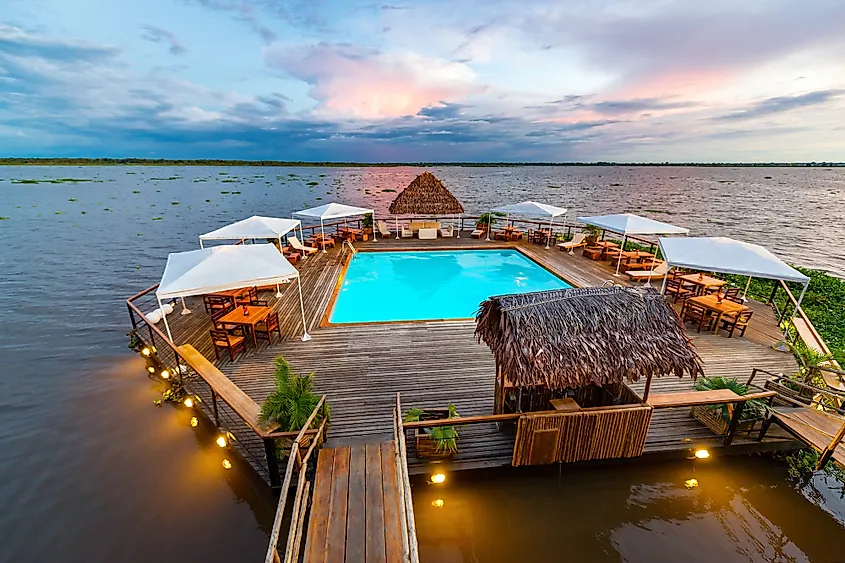
Since Iquitos cannot be accessed by road, the primary way to enter the city is by plane. Flights can be connected through Lima, but also Cusco. As Iquitos is just off the Amazon River, boat access is also possible. Once in town, there are many activities to partake in surrounding the rich culture and natural environment.
For starters, you can't come to a city based on the world's largest river and not take a boat tour. The Amazon River is more than just a huge body of freshwater. It is also a ticket to safely exploring the depths of the Amazon rainforest and all its biodiversity.
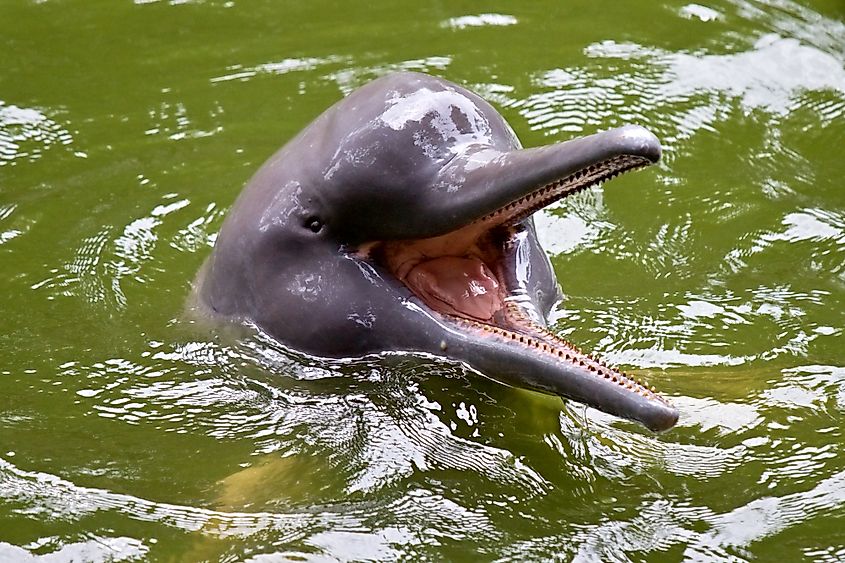
Stay in a remote jungle lodge. This is another great way to immerse oneself in the sights and sounds of the Amazon rainforest. Lodges can be found in or near the three reserves in the area: the Allpahuayo-Mishana National Reserve; the Pacaya-Samiria National Reserve (Peru's largest); and the Tamshiyacu-Tahuayo Communal Reserve.
Peruse the Belén Mercado (market). This area of town is part floating market and part shantytown of some 7,000 residents. It is known for being an often muddy and disorienting experience and a sensorial dream.
Visit CREA's protected and/or rehabilitation wildlife centers, Monkey Island, and the butterfly farms.
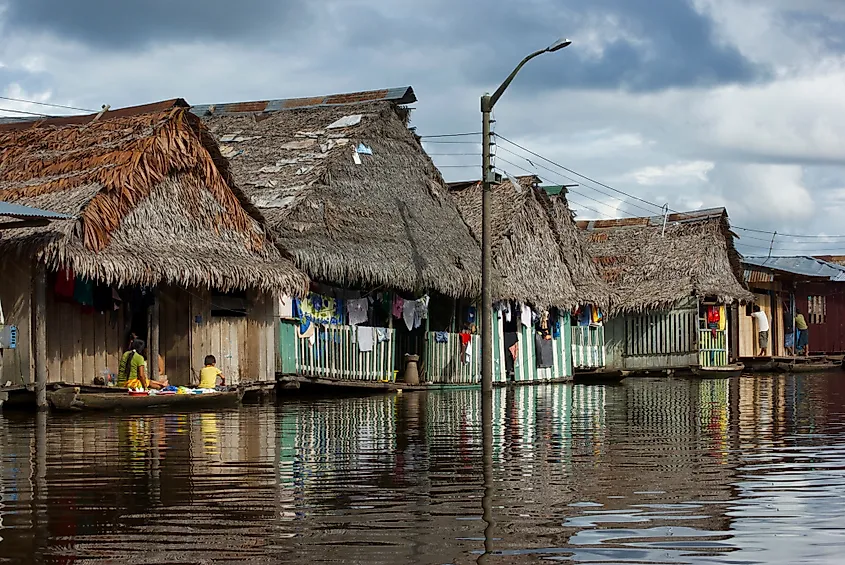
Iquitos has a layered past and a wild, diverse, thriving present. This isolated land-island city on the bank of the Amazon provides a host of cultural and wilderness indulgences throughout its natural and metropolitan jungles.
